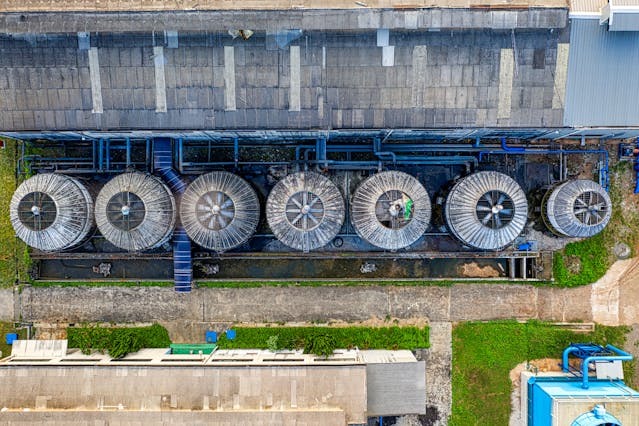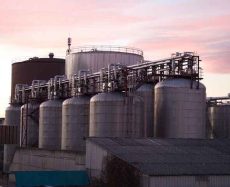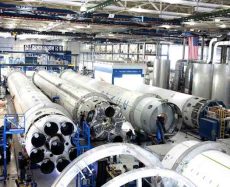
- admin
- February 28, 2024
Floating Roof Tanks: Understanding How They Work
Floating roof tanks are a crucial component of the oil and gas industry, designed to store large volumes of crude oil, petroleum products, and other liquids. Understanding how floating roof tanks work is essential for ensuring efficient storage and minimizing environmental risks. In this article, we’ll delve into the mechanics of floating roof tanks and explore their operation in detail.
- Anatomy of a Floating Roof Tank: Floating roof tanks consist of a cylindrical steel shell with a floating roof that rests on the surface of the stored liquid. The floating roof is typically made of lightweight materials such as aluminum or steel and is equipped with pontoons or compartments to provide buoyancy. The roof is designed to move vertically within the tank to accommodate changes in liquid volume.
- Working Principle: The primary function of the floating roof is to minimize the vapor space between the liquid surface and the roof, thereby reducing the risk of vapor emissions and evaporation losses. When the tank is filled with liquid, the floating roof rises, displacing the vapor and minimizing its volume. Conversely, when the tank is emptied, the floating roof descends, following the liquid level.
- Types of Floating Roofs: There are two main types of floating roofs: external floating roofs (EFRs) and internal floating roofs (IFRs). EFRs are mounted on the outside of the tank shell and are commonly used for storing large volumes of crude oil and petroleum products. IFRs, on the other hand, are installed inside the tank and are ideal for storing volatile liquids and hazardous chemicals.
Benefits of Floating Roof Tanks:
- Vapor Control: Floating roof tanks minimize vapor emissions and evaporation losses, reducing air pollution and environmental impact.
- Safety: By reducing the risk of vapor buildup and flammable vapors, floating roof tanks enhance safety for workers and surrounding communities.
- Cost Savings: The efficient storage and vapor control provided by floating roof tanks can result in significant cost savings for oil and gas companies.
- Maintenance and Inspection: Regular maintenance and inspection are essential for ensuring the proper functioning of floating roof tanks. This includes checking for corrosion, inspecting seals and pontoons, and ensuring the roof operates smoothly. Additionally, tanks should be equipped with secondary containment measures to prevent leaks and spills.
Floating roof tanks play a vital role in the storage and transportation of crude oil, petroleum products, and chemicals. By understanding how these tanks work and implementing proper maintenance and safety measures, oil and gas companies can ensure efficient storage, minimize environmental impact, and enhance safety for workers and communities.
- floating roof tank
Category
- Above Ground Fuel Tanks
- Above Ground Gas Storage Tank
- Above Ground Storage Tanks
- Above Ground Water Storage Tanks
- Agricultural Tanks
- Chemical storage Tanks
- Diesel Fuel Storage Tanks
- Diesel Storage Tanks
- Exernal FloatingRoof Tanks
- Farm Water Tank
- Fiberglass Oil Tanks
- Fiberglass Septic Tanks
- Fiberglass Underground Fuel Storage Tanks
- Field Erected Tanks
- Floating Roof Tank
- Fuel tank
- Industrial Chemical Storage Tanks
- Industrial Gas Tanks
- Industrial Plastic Tanks
- Industrial Storage Tanks
- Industrial Tank heating pads
- industrial tanks
- Natural gas
- Natural gas vs Propane
- oil storage tank
- Oil Storage Tanks
- Peracitic Acid
- Petroleum Tanks
- Residential gasoline storage tanks
- Residential Water Storage Tanks
- Sodium Hydroxide Storage Requirements
- Sodium Hypochlorite Storage Tanks
- Steel Storage Tanks
- storage tank failure prevention
- Storage Tanks
- Sulfuric Acid Tanks
- Uncategorized
- UnderGround Storage Tanks
- Water Storage Tanks

 Tank Size Calculator
Tank Size Calculator






